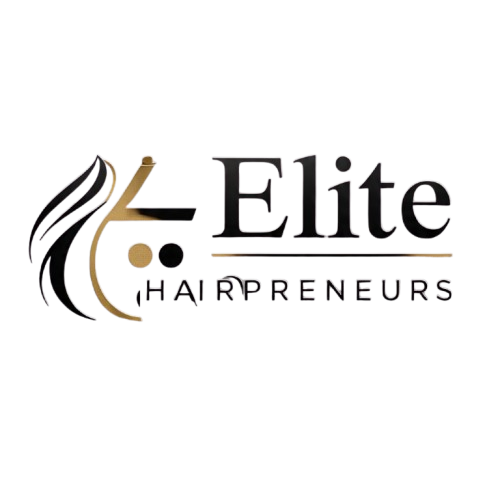Want to make money selling hair products without ever touching the stock? Here’s how to start a hair dropshipping business the right way. This breakdown shows how to source products, build your brand, and scale on autopilot—without inventory, warehouses, or upfront bulk orders.
Why Dropshipping Hair Products Works
The global hair market is worth billions. Wigs, weaves, bundles, oils, shampoo bars, and edge tamers are hot sellers. With dropshipping, you list these products, the supplier ships directly to your customer, and you keep the profit.
Benefits:
- No storage or packaging hassle
- Low-risk testing of new products
- Easily scalable once automated
- No bulk buying—pay per order
Step 1: Pick a Profitable Niche
Niches make marketing easier. Don’t be generic. Pick a focused audience.
Examples of winning niches:
- Natural hair growth kits for women over 30
- Premium HD lace wigs for professionals
- Starter dreadlock kits for teens
- Men’s beard and scalp bundles
- Baby-safe curly hair products
Pro Tip: Use Google Trends or TikTok search to validate demand before you commit.
Step 2: Find a Trusted Supplier
If your supplier fails, your business fails.
Where to find suppliers:
- Spocket – Quality US/EU-based dropshipping
- Zendrop – Automated fulfillment + branding
- AliExpress – Tons of options, slower delivery
What to look for:
- 4.5+ stars on product reviews
- Fast shipping (7–10 days max)
- Clear photos and product descriptions
- Branding services (custom packaging, logos)
Pro Tip: Order samples yourself before selling to customers.
Step 3: Build Your Online Store
Use Shopify or WooCommerce to set up a sleek store. Use drag-and-drop builders like PageFly or Elementor.
Essentials to include:
- Branded homepage
- SEO-friendly product descriptions
- FAQ & shipping policy pages
- Upsell and bundle options
- Live chat for customer support
Make your store mobile-first. 70% of buyers will shop from their phones.
Step 4: Automate the Backend
Let tech do the work. Dropshipping dies without automation.
Tools to set up:
- Order forwarding: Zendrop/Spocket auto-send orders
- Email sequences: Klaviyo for welcome emails and upsells
- Cart recovery: Abandoned checkout emails = 20–30% more revenue
- Inventory sync: Avoid selling out-of-stock items
Step 5: Drive Traffic and Make Sales
Now it’s time to get eyes on your products. Don’t wait for organic reach—push it.
Free strategies:
- TikTok short-form videos (hair hacks, unboxing, reviews)
- Instagram Reels and before/after content
- Partner with micro-influencers for barter deals
Paid strategies:
- Facebook/Instagram ads with retargeting
- TikTok Ads for trending hair bundles
- Google Shopping for high-converting traffic
Need product ideas? Check our Top 10 Hair Products Distributors Swear By in Zimbabwe.
New to e-commerce? Shopify’s Beginner Dropshipping Guide is gold.
If you’re serious about the hair industry but can’t afford bulk inventory, this is your play. Now that you know how to start a hair dropshipping business, the next step is action. Find your niche, set up your system, and start building your brand today.







